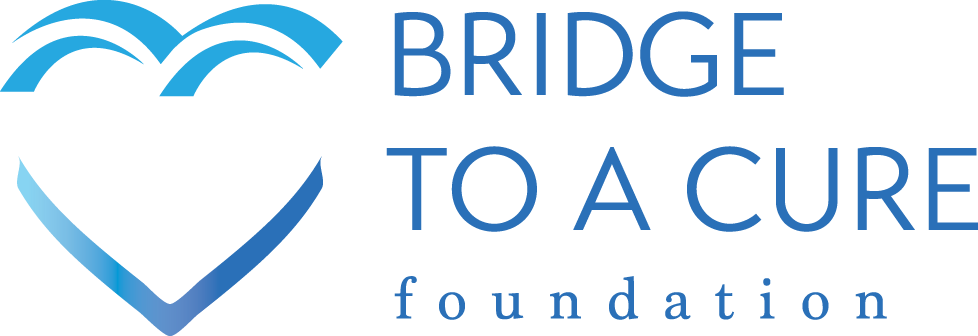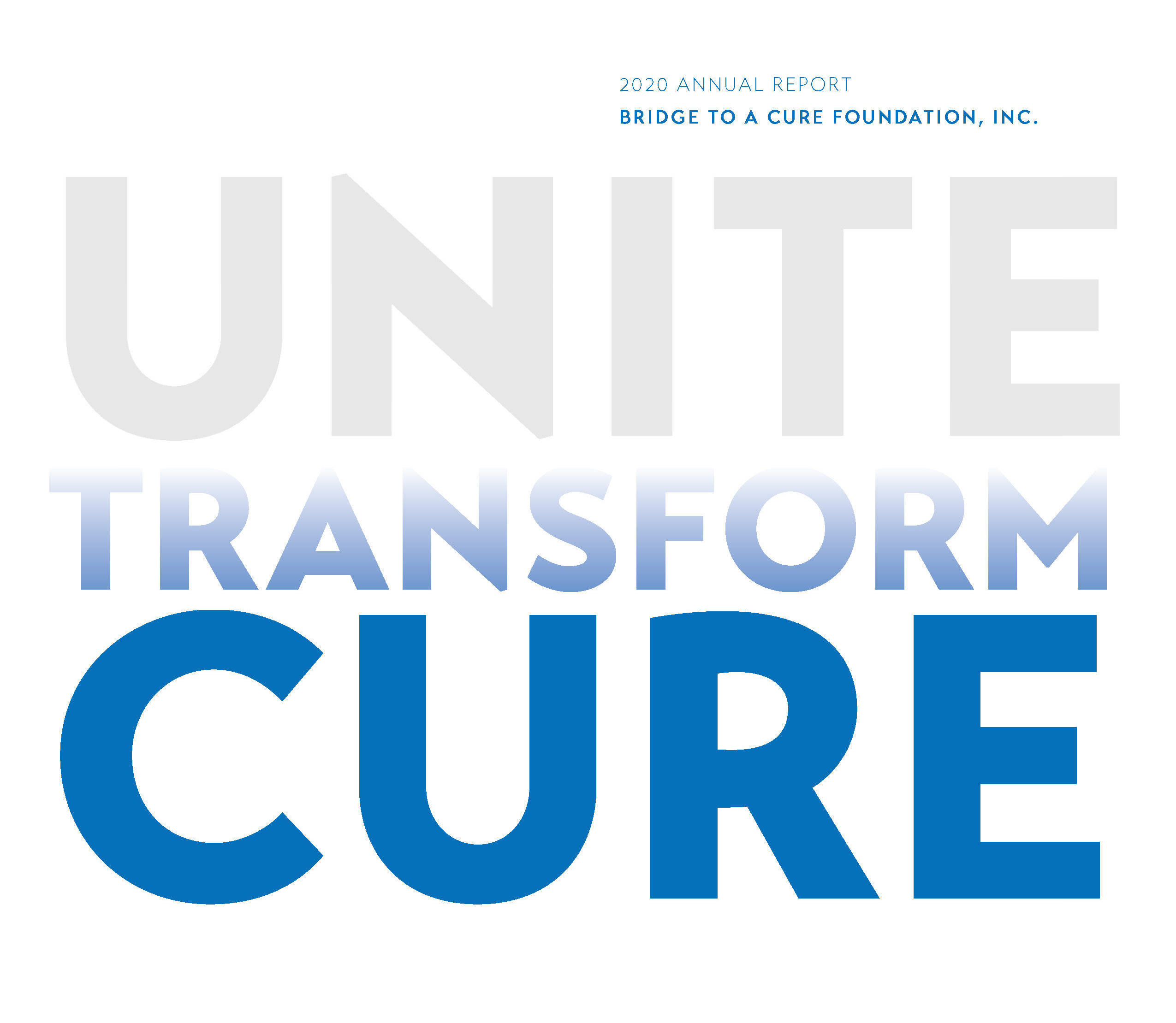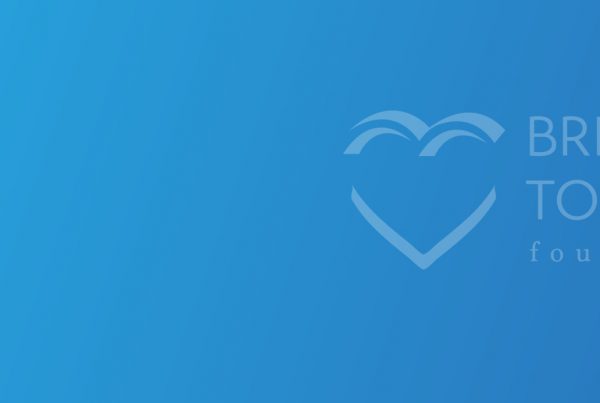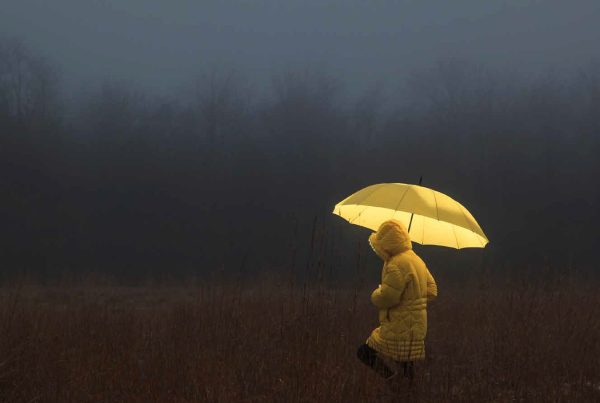Transformative change requires a bold challenge.
“Unite Transform Cure” is the theme of our 2020 annual report (you can read it here). It reflects our commitment to speed up not only the search for effective treatments, but to actually end the scourge of childhood cancer.
Most doctors won’t use the word “cure” when discussing cancer, as there is yet no cure, although some treatments may be able to cure some people of some cancers.
We use the word “cure” as part of our theme because we know that an audacious goal requires an audacious challenge. Think of President John F. Kennedy’s challenge on Sept. 12. 1962: to land a man on the moon and return him safely to Earth by the end of the decade. Would that goal have been achieved without a bold challenge that at the time seemed out of reach? Doubtful.
When it comes to childhood cancer, most medical professionals avoid talking about cures because they don’t want to spark “unrealistic” hopes. The fight against childhood cancer has gone on for so long, many people have given up hope they will live to see a cure.
It’s time to jump-start hope.
JFK spoke of the moon challenge as “one we are unwilling to postpone.” He said we accept such challenges “not because they are easy, but because they are hard,” and because they “serve to organize and measure the best of our energies and skills.”
That’s what we seek to do as part of our mission to unite and transform the childhood cancer community’s approach to research. Our goal: to cut the childhood cancer death rate 50% by 2030.
To do that, we must demand more from the healthcare community, nonprofits, private industry, and our government. A key component of our action plan is to align and unite this diverse set of stakeholders toward this common goal.
We know this won’t be easy. We also know it is absolutely essential. We’ve heard the dreaded diagnosis and experienced the tragic journey of a 6-year-old girl bravely facing brain cancer, inspiring her family with hope to the end. We’ve felt the sense of helpless frustration watching a disease that has thwarted the best medical minds in the world take another young life, stalling hope again and again.
To win this fight will take a new approach. That’s why we’re working to transform a system that is built on competition to reap the benefits of collaboration. We serve as a lead catalyst for modernizing the nation’s approach to childhood cancer research, working with the healthcare community and childhood cancer foundations to fix a broken system.
In our first full year operating as an independent 501(c)(3) nonprofit charitable organization, we’ve supported the National Cancer Institute Childhood Cancer Database Initiative (CCDI). This year our goal is to be represented on the CCDI development commission to ensure that the database is optimized and that patient families are represented.
Bridge To A Cure Foundation acts as a catalyst to connect the people, information, and assets needed to propel new treatments and cures for childhood cancer. We are building consensus around our unique, multifaceted approach with some of the country’s most well-respected voices in the childhood cancer community, including nonprofits, patient families, and the public.
From our founding in 2017, we have been focused on tearing down barriers to effective cancer treatments. Applying principles from the most successful private sector companies, we identified the need for the following:
- A robust database containing everything we know about childhood cancer.
- Streamlined clinical trials to speed the development of lifesaving treatments.
- Collaboration between government agencies, private companies, and key research institutions.
As the pandemic disrupted lives and consumed vast energy in our healthcare system, we have relentlessly kept our focus on the changes needed to beat childhood cancer. This includes working with America’s leading institutions to identify and understand the barriers they face.
We’ve collected input from Duke Cancer Institute, Memorial Sloan Kettering Cancer Center, Dana-Farber Cancer Institute, Children’s Hospital of Philadelphia, and other leading cancer centers. Our goal is to ensure that the changes we advocate serve those working to develop the most promising new treatments — those that may lead to cures.
We’ve worked in the past year to identify attributes of the most successful nonprofits. These include targeting a compelling problem; setting an audacious, inspirational and measurable goal and a timeline for accomplishing it; and collaborating with others working toward the same ends.
In the coming year and beyond we will continue forging relationships and partnerships with change-makers to align their resources, talents, initiatives, and expertise toward our unified goal of reducing the death rate of childhood cancer 50% by 2030. With the continued help of our engaged partners, donors, volunteers, and supporters, we will keep our eye on the prize: curing childhood cancer — once and for all.
